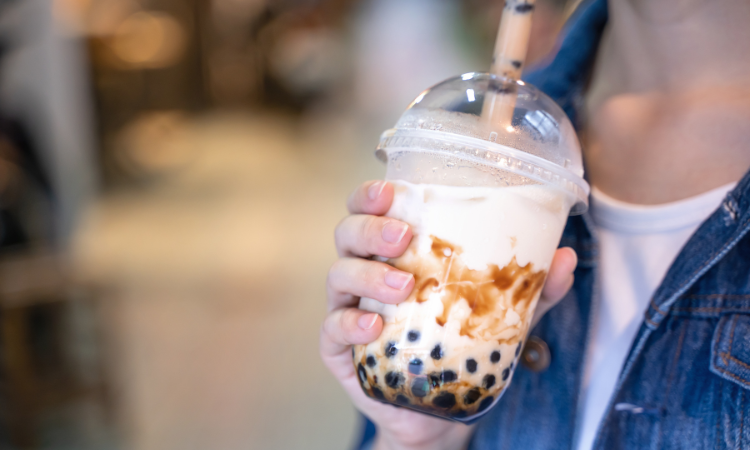Traditional Theory Of Taiwanese Pearl Milk Tea
Pearl milk tea, also known as bubble tea or boba milk tea, is a tea-based beverage that originated in Taiwan in the 1980s. It is a branch of Taiwan's bubble tea and tapioca pearl tea culture, in which tapioca pearls are added to milk tea. Variations of pearl milk tea include "pearl black (or green) tea" and "pearl milk green tea." Due to its unique taste, it has gained widespread popularity and has become one of Taiwan's most representative drinks, spreading from Taiwan to various parts of the world.
The handcrafted beverage culture has also become an important export of Taiwan. According to the Foreign Trade Association's statistics, Taiwanese-operated tea shops have more than 9,000 direct and franchise locations worldwide.
Experts analyze that Taiwan's handcrafted beverage industry, including pearl milk tea, has multiple advantages, such as the ability to add various ingredients and customization, which has opened up new possibilities for foreign consumers. However, there is still a lot of room for development to dominate the international market.

What should a cup of milk tea that is rich in color, fragrance, and taste possess?
Milk tea is composed of tea, milk, and sugar. As long as one element is different, the flavor will be different, and it can create an exclusive recipe for oneself. Here are some tips on how to make a tasty cup of milk tea. The base tea, usually black tea, is crucial. Commonly used teas are "Assam black tea" and "Ceylon black tea," while the milk can be "creamers" or "milk," and the sugar can be "fructose" or "sugar cane." As beverages continue to improve and innovate, each manufacturer's products will have different flavors, and there are also many new options, such as "oat milk" and "soy milk" for milk and "brown sugar" and "rock sugar" for sugar.


What are tapioca pearls (fenyuan)?
Tapioca pearls, also known as boba or pearls in bubble tea, are a Taiwanese iced sweet dessert (fenyuan ice) made primarily of starch. The main ingredient is typically tapioca starch, mixed with other starches such as cassava (yucca), taro, potato, lotus root powder, and gelling agents like agar. These starch balls have a diameter of 5-10 millimeters and are mixed with water, sugar, and flavorings, giving them their unique color and texture depending on the ingredients used.
Cassava starch has a larger molecule size and forms a mesh-like structure when cooled, making it highly viscous and elastic. Wheat protein may also be added to improve the chewiness and elasticity of the pearls.


 256 bit SSL Encryption
256 bit SSL Encryption